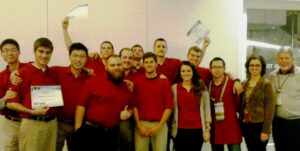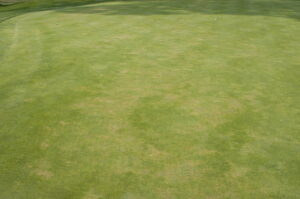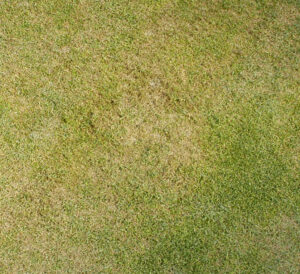Main Content
Three teams of undergraduate students (four students to a team – including Tyler Astor, Greg Benz, Michael Chikos, Ryan Daddio, Nicholas Delmar, Kyle Genova, Kenneth MacNish, Mike Monzon, Jianlong Sun [Jason], Yuanshuo Qu [Henry], Lingcheng Zeng [Aaron], Lorabeth West,) from the Rutgers Turf Club competed in the 2013 Turf Bowl Competition at the International Golf Course Superintendents Association of America Conference and Trade Show in San Diego, CA on Thursday, February 7, 2013. [Read more…] about Rutgers Turf Students Compete in GCSAA Turf Bowl in San Diego, CA


